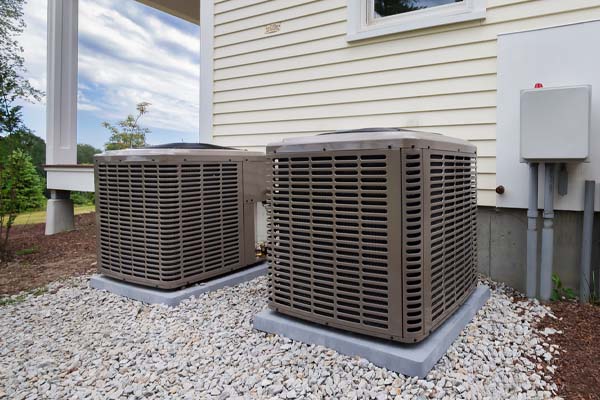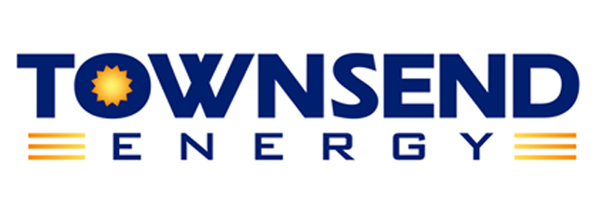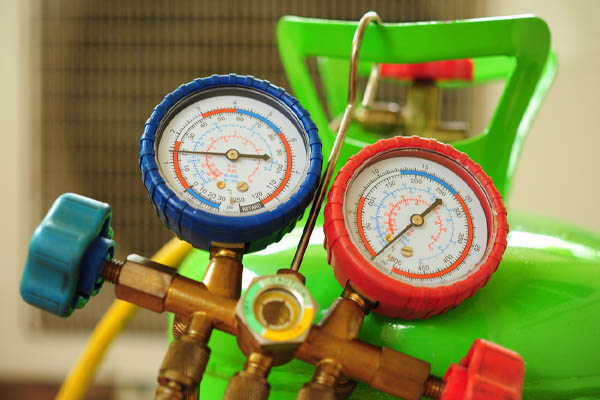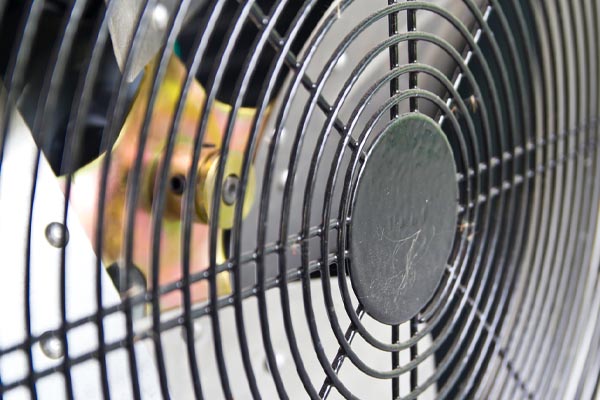How Does My Air Conditioning System Cool My House?

When the temperature inside the house rises, we typically go for the air conditioner. We can press some buttons, wait a few seconds, and then unwind in a cooler home. The air conditioning unit is an outstanding piece of technology that contributes to the tolerability of even the most awful hot days. It protects us from heatstroke, which can be dangerous, and helps us to sleep soundly during the night. Earlier cultures may have regarded our ability to influence our surroundings as amazing. In reality, it is all about rationally applying scientific principles. Maybe you have always had questions about the functionality of an HVAC unit. This article answers the question, “How does an air conditioner work?”.
How Does My Air Conditioning System Work?
Contents
- 1 How Does My Air Conditioning System Work?
- 2 The Air Conditioner’s Components
- 3 The Air Conditioner’s Normal Cooling Process
- 3.1 Stage 1: Thermostat Indicates Cooling Is Required
- 3.2 Stage 2: The Absorption Of Heat From The Inside Air By The Refrigerant
- 3.3 Stage 3: Fans Return Cooler Air To The Home
- 3.4 Stage 4: The Internal Heat Of The Air Conditioner’s Refrigerant Is Released Outside
- 3.5 Step 5: Fans Distribute The Hot Air Outside
- 3.6 Stage 5: The Cool Refrigerant Moves Back To The Inside Air Conditioning Unit
- 3.7 Conclusion
- 4 For All Of Your HVAC Needs, Contact Townsend Energy
This article provides a step-by-step explanation of how an air conditioner cools your home throughout the summer months.
The Air Conditioner’s Components
Before we give a detailed explanation, it is vital to become acquainted with the various components of an air conditioning unit. We’ll keep things basic here by focusing on four key cooling cycle components and their functions:
1. Air Conditioner Refrigerant
The refrigerant in an air conditioner is critical to the system’s operation. It is a chemical component that is responsible for the movement of heat from the interior of the house to the exterior. The cooling cycle outlines the refrigerant’s journey through numerous components and the changes that the refrigerant undergoes.
2. AC Unit Evaporator Coils
As the indoor unit’s principal point of contact with the living space, this component is responsible for absorbing heat. To function efficiently, the evaporator coils must be kept clean. Regular air filter replacement is recommended.
3. Air Conditioner Condenser Coils
This is the principal component of the outside unit that interacts with the external surroundings and generates heat. Dirt and debris can build up on these coils so they require regular cleaning. Make it a point to schedule a maintenance appointment for your air conditioner before the hot weather begins. A certified HVAC technician will carry out the maintenance procedure effectively.
4. Compressor
This is the pump that keeps refrigerant flowing between the evaporator and condenser coils. Consider this the system’s beating heart.
The Air Conditioner’s Normal Cooling Process
Stage 1: Thermostat Indicates Cooling Is Required
Let us start from scratch. You’ve just arrived home from an exhausting day at work. While you were gone, the air conditioner was set to a higher temperature to save energy. Because the interior is a touch warm, you adjust the thermostat to your preferred temperature. Doing so switches on the cooling unit. Sensors will determine the existing ambient temperature. When the temperature rises above the specified point, the thermostat sends a signal to initiate the cooling cycle. The compressor starts and begins circulating the refrigerant throughout the unit. Also, the fans will be switched on.
Stage 2: The Absorption Of Heat From The Inside Air By The Refrigerant
The refrigerant makes its initial stop at the evaporator coils of the interior unit. At this stage, the chemical will be very cold. It absorbs heat whenever it comes into contact with hot interior air, like a sponge. As the refrigerant warms up, the air gets cooler. If the interior air is humid, the vapor can even change into liquid as a result of the reduced temperature. As a result, the air conditioner also contributes to interior humidity reduction. A tray is waiting to collect and transport this moisture outside, keeping it from leaking into the home and causing damage to the flooring.
Stage 3: Fans Return Cooler Air To The Home
Through the evaporator coils, a fan will circulate the cold air back inside the building. A central air conditioning unit distributes cold air evenly throughout each room via ducts. A split system’s fans will send the cool air into the room where it is located. The latter enables every person to modify their own zone’s temperature to fulfill a range of demands. They can also save electricity by turning off their room’s air conditioner when they leave.
Stage 4: The Internal Heat Of The Air Conditioner’s Refrigerant Is Released Outside
Because the refrigerant has a finite capacity, it cannot absorb heat endlessly. To disperse the heat accumulated in the condenser coils, the hot refrigerant must now flow to the outside unit. So long as the chemical is hotter than the external environment, it should be able to dissipate the heat until equilibrium is attained.
Step 5: Fans Distribute The Hot Air Outside
Powerful fans pump air across the condenser coils to aid in the cooling of the refrigerant. This component of the unit allows for faster heat release. As demonstrated by placing your palm at the top of the exterior unit, the environment will become hotter. Due to its exposed location, the heated air will simply be blown away by the wind. The house’s internal heat may continue to be released onto the surrounding environment via the air conditioner.
Stage 5: The Cool Refrigerant Moves Back To The Inside Air Conditioning Unit
As soon as the refrigerant has cooled sufficiently, it is returned to the interior unit by the compressor, thereby restarting the cycle. Until the thermostat determines that the existing interior temperature is equal to the setting’s target temperature, this process will continue. After that, it will come to a complete stop and rest for a short while. If the temperature inside the building begins to increase again, the cooling process will be promptly restarted.
Conclusion
As has been seen, an air conditioning system does not alone generate cold air. It just removes heat from the house gradually until the inhabitants reach a comfortable temperature. It’s a deft design that has been proven time and time again to work. Modern, more energy-efficient air conditioning models are being introduced, resulting in decreased energy use and more comfort.
For All Of Your HVAC Needs, Contact Townsend Energy

Townsend Energy guarantees the lowest heating and cooling service rates in the area. Our maintenance and repair services can assist you to increase the comfort and energy efficiency of your house while minimizing your heating and cooling bill. If your HVAC system requires repair or replacement, we can recommend the most cost-effective solution for your house. All of our work is backed by a guarantee to ensure that you are completely satisfied. Contact Townsend Energy immediately to arrange for a service appointment. We offer free in-home estimations.
Contact us now at (800) 722-4101 to find out more!



